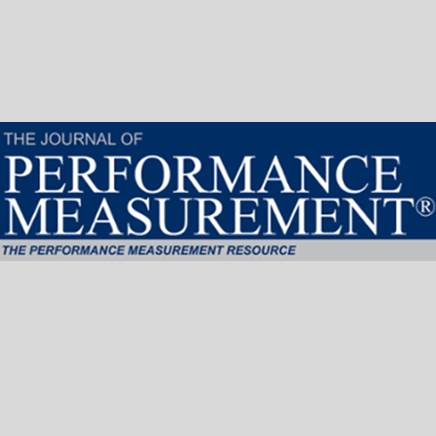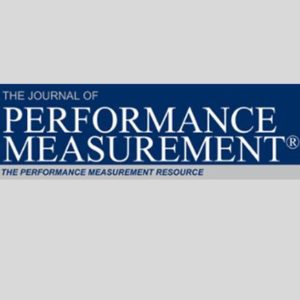The Hazards of Using IRR to Measure Performance: The Case of Private Equity
$25
Most of the investments in asset classes such as real estate and private equity (including buyout, mezzanine, and venture capital) are made via private partnerships. Measuring performance in these partnerships is important for investment allocation decisions as well as for compensation. The main performance measure that is used in practice is the Internal Rate of Return (IRR). However, it is known that the effective Rate of Return (RoR) experienced by investors differs from IRR.
Author: Ludovic Phalippou, Ph.D., University of Amsterdam Business School
Most of the investments in asset classes such as real estate and private equity (including buyout, mezzanine, and venture capital) are made via private partnerships. Measuring performance in these partnerships is important for investment allocation decisions as well as for compensation. The main performance measure that is used in practice is the Internal Rate of Return (IRR). However, it is known that the effective Rate of Return (RoR) experienced by investors differs from IRR. This difference means that the incentives of the asset managers partly differ from the objective of the investors. It also means that investors may unknowingly select the wrong funds or reward the wrong managers if they use the conventional IRR.



